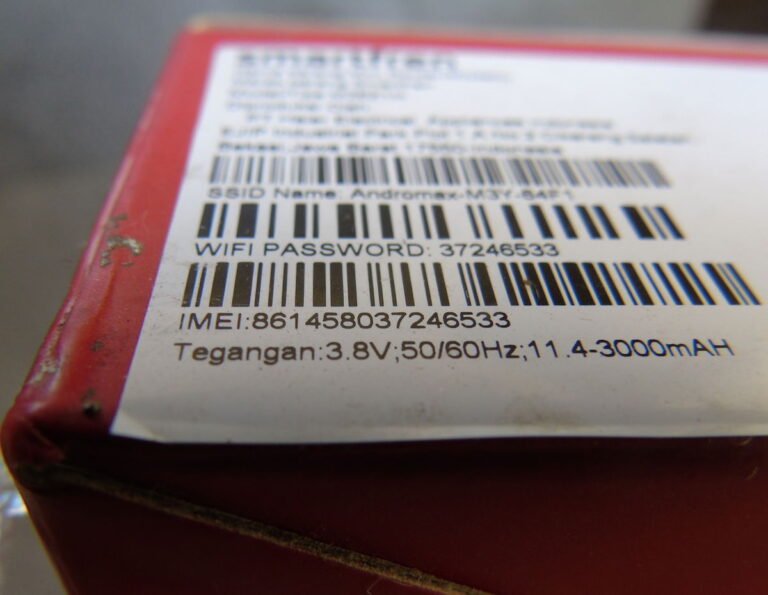
Physicists at CERN have succeeded in turning lead into gold. Photo credits: Freepik
In a stunning breakthrough that echoes the dreams of ancient alchemists, a team of scientists at CERN’s Large Hadron Collider (LHC) near Geneva, Switzerland, has successfully transmuted lead into gold. The feat, once thought purely mythological, has now been realised through cutting-edge particle physics, offering new insight into the behaviour of heavy ions—and raising intriguing questions about the future of gold’s value.
The discovery was made by the ALICE collaboration, one of the major experiments at the LHC. During ultra-peripheral collisions—where lead nuclei pass close to each other without making direct contact—their intense electromagnetic fields triggered a rare process: the removal of exactly three protons from a lead nucleus (atomic number 82), transforming it into gold (atomic number 79).
This isn’t metaphorical gold—it’s real gold nuclei, created momentarily inside the world’s most powerful atom smasher.
The Process Behind the Magic
Rather than using traditional chemistry or metallurgy, the team relied on electromagnetic dissociation, a quantum effect where near-miss collisions between lead ions—each accelerated to 99.999993% the speed of light—generate fields so intense that they can knock protons out of passing nuclei.
The result? Gold. Actual atoms of gold.
The ALICE experiment recorded the production of approximately 89,000 gold nuclei per second during Run 2 of the LHC (2015–2018). Over the course of those years, scientists estimate that roughly 86 billion gold nuclei were created. However, there’s a catch—they existed for mere fractions of a second before decaying or being absorbed, totalling only about 29 picograms of gold in all.
The Alchemical Consequences
This scientific achievement, while groundbreaking, is not likely to destabilise the global gold market any time soon. Although it may sound like a dream come true for ancient alchemists, the energy cost of producing gold through this method is astronomical—far exceeding the price of naturally mined gold.
As one physicist put it, “It’s a profound discovery in nuclear physics, but not a practical way to get rich.”
Nevertheless, the ability to manipulate matter at this level opens doors beyond gold. It deepens our understanding of the strong nuclear force and the behaviour of heavy elements in extreme environments—like those found in neutron star mergers and the early universe.
Could This Affect the Value of Gold?
In the short term, no. The rarity, physical stability, and difficulty of extracting natural gold still underpin its market value. Gold remains central to economies, jewellery, and electronics—not because it can’t be created, but because it can’t be created cheaply or in meaningful quantities.
But if future technologies ever make nuclear transmutation scalable and cost-effective, gold could lose its “precious” status. Its cultural and financial symbolism could be challenged, and the commodity market would have to revalue what “rarity” truly means.
Implications for the Future
This discovery has wide-reaching implications:
- Physics and Cosmology: Offers new insight into how heavy elements may form in extreme cosmic events.
- Future Technologies: Could inspire advancements in recycling rare elements or processing nuclear waste.
- Cultural Meaning: Forces us to reconsider the intrinsic value we place on naturally occurring substances.
While the dream of turning lead into gold has now been achieved at the subatomic level, it’s not yet a viable way to flood the market with precious metals. For now, gold remains safe—as both a symbol of wealth and a pillar of global finance.
Still, the idea that we now possess the technology to do what was once considered impossible marks a profound moment in human history. Alchemy, it turns out, isn’t fantasy anymore. It’s physics—and it’s happening beneath the mountains of Switzerland.







